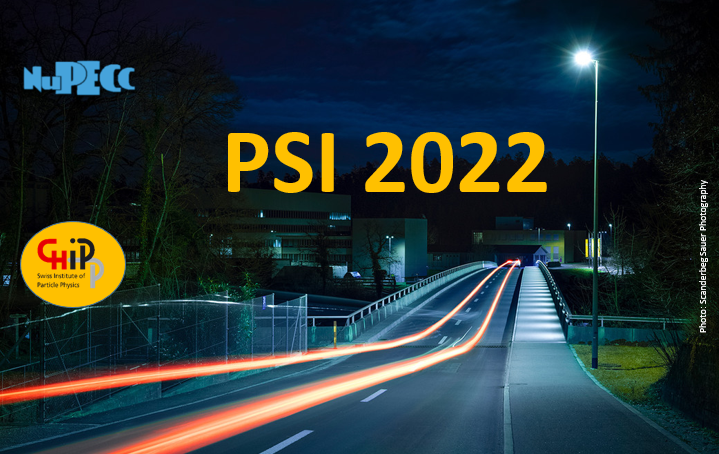Speaker
Description
The evidence of dark matter so far is based only on gravitational effects observed at cosmological and astrophysical level. To explain these effects, many theoretical models suggest other non-gravitational very-weak interactions between dark matter and ordinary matter. To test this hypothesis, different experiments are trying to directly produce dark matter at particle accelerators.
The Positron Annihilation into Dark Matter Experiment (PADME), ongoing at the Laboratori Nazionali di Frascati of INFN, is looking for hidden particle signals by studying positron-electron annihilations.
The experiment was built and commissioned at the end of 2018 and beginning of 2019, and collected $\approx~ 5\times10^{12} $ positrons on target at 430 MeV in 2020.
The analysis of the missing-mass spectrum of single photon final states is the first scientific item under study, with the aim of identifying a signal of a dark photon produced in association with an ordinary photon. PADME is expected to reach a sensitivity of up to 10$^{-6}$ on $\epsilon^2$ (kinetic mixing parameter) representing the coupling of a low-mass dark photon (m< 21.7 MeV/$c^2$) with ordinary photons.
The PADME approach is sensitive to any new particle that couples to fermions: Axion-Like Particles, dark Higgs, and even a protophobic new state recently indicated by a nuclear physics experiment in Hungary (“X17 anomaly”). Since this state has been observed decaying in $e^+ e^−$ pairs, PADME has the unique opportunity to try to produce it resonantly. By lowering the energy of the beam at $\approx$ 280 MeV it would be possible to directly produce X17 and subsequently study its decay.
PADME is preparing a new data taking to study “X17 anomaly” that will start September 2022. In the talk the details of the ongoing analyses and the new data taking will be presented.
